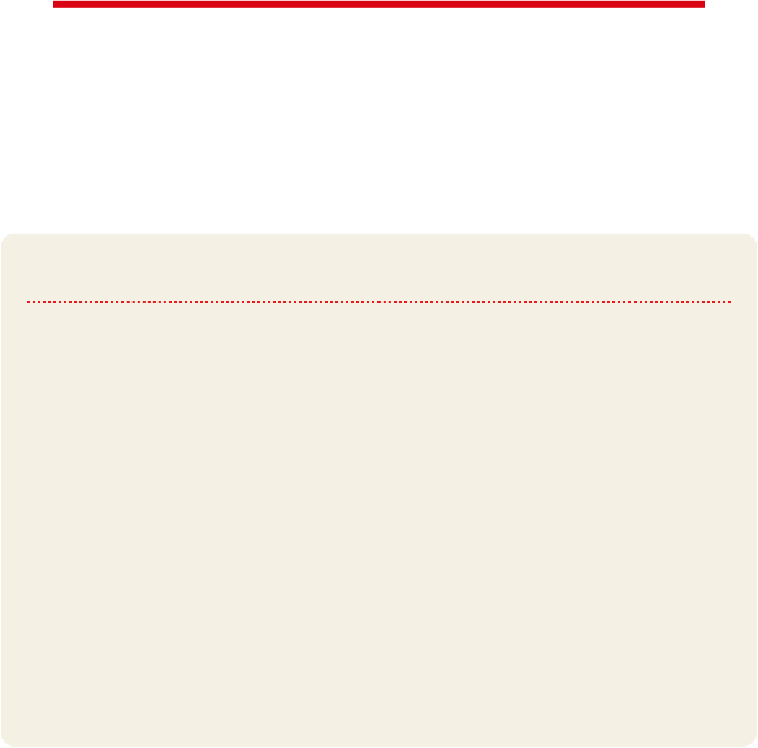Travel Reference
In-Depth Information
the development of Chinese art in the 1980s and 1990s, leading the way for the New
Wave movement that emerged in 1985.
Of all the writers to emerge via the internet, Anni Baobei is the undisputed star. Nicknamed
'Flower in the Dark' by her legions of young female fans, her intense stories about lovelorn,
lonely women searching for meaning in their lives have struck a huge chord with the one-
child generation.
New Wave artists were greatly influenced by Western art, especially the iconoclastic
Marcel Duchamp, and further challenged traditional Chinese artistic norms. The New
Wave artist Huang Yongping destroyed his works at exhibitions in an effort to escape
from the notion of 'art'. Some New Wave artists adapted Chinese characters into abstract
symbols, while others employed graphic images in a bid to shock viewers. Political realit-
ies became instant subject matter, with performance artists wrapping themselves in plastic
or tape to symbolise the repressive realities of modern-day China.
SCISSOR-HAPPY
A walk through the thought-provoking, sometimes controversial galleries of the 798 Art District (
CLICK HERE
),
or its less commercial counterpart at Cǎochǎngdì, might make any visitor wonder why the fuss about freedom of
expression and censorship in China. On the surface, at least, artists appear to be enjoying more freedom than
they have since 1949 and the beginning of communist rule.
But appearances, like art itself, can be deceptive. Painters may be enjoying a relative lack of scrutiny, with
the CCP having sensibly decided that no picture ever inspired a revolution (and it's no coincidence that freedom
has made the visual arts by far the most vibrant of China's creative industries), but that isn't the case for other
media. Cinema, TV and literature in particular remain tightly controlled and there are serious limits as to what
can and can't be said. To overstep them no longer results in a prison sentence, as it does for political dissidents,
but it still leads to a ban on making movies or publishing books that can last for a number of years.
Even worse than official censorship is the way 60-plus years of being constrained by the knowledge that art
needs to satisfy the CCP's censors has created a culture of self-censorship. Many artists consciously, or uncon-
sciously, hold back from doing anything that might antagonise the government. This self-suppression is in part
due to the fact that children are taught the CCP's vision of the world in school and that the Chinese education
system remains dominated by rote-learning. That is not well suited to nurturing creativity, out-of-the-box think-
ing and inventive criticism. Until this changes, the artistic ceiling in China will remain far lower than it should.


